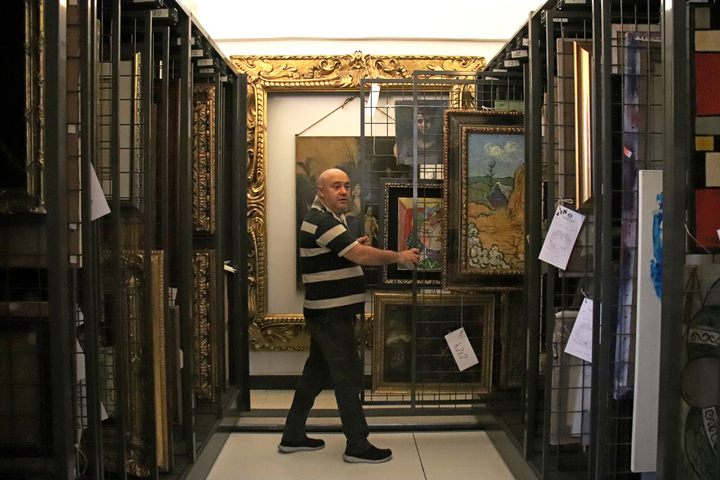
Inside Rome’s Secure Vault for Stolen Art
Some of the art is real, some fake, but it’s all had a brush with the criminal underworld.
When a ceramic relief depicting the Madonna with Child was returned to the church of Scansano in Tuscany, Italy, after five decades of absence, the town threw a solemn celebration. The local bishop, priest, prefect, mayor, and law enforcement officials all attended. On a September morning in 2020, a crowd gathered. The torso-sized relief was propped up, surrounded by plants. A band blared nearby.
The relief, by celebrated Renaissance sculptor Andrea della Robbia, had been stolen on a summer night in 1971, and had been missing ever since. “I was a kid, but I remember it there, on the altar,” mayor Francesco Marchi told the Italian publication La Repubblica. “I remember the dismay the day after the theft.”
After Italian authorities found and seized the priceless artwork in Canada, but before it made its return to Scansano, the relief spent a few months in a little-known vault tucked away at the edge of Trastevere, a district of central Rome where, under normal circumstances, swarms of tourists would stroll among washing strung above their heads, climbing plants, and all manner of eateries. On the ground floor of an unremarkable orange, three-story building, behind a 20-foot wall, and under the 24/7 gaze of carabinieri surveillance, the Madonna sat among hundreds of Roman sarcophagi, Renaissance paintings, and legendary violins. Every item that finds itself in the vault has one thing in common: a brush with crime.

The vault is where the Carabinieri Tutela Patrimonio Culturale, the world’s oldest and largest art police unit, stores the thousands of artworks they seize every year. “Artworks are part of our life and our spirit, if a masterpiece is destroyed, a part of our memory darkens,” the unit says of its mission in its 2019 report. “This unit exists to bring back the light after the darkness.”
A series of beeps sounds, then a clang rings out as officials key in a passcode, unlock a secure door, and take me inside. It’s a blazing summer afternoon, but the vault—three barrel-vaulted chambers—is chilly, strictly climate-controlled, and lit by white fluorescents.
It looks like the cellar of a compulsive hoarder, only instead of junk it overflows with treasures. Little paintings, very large paintings, some with golden frames, others unframed, devotional icons, altarpieces, some original, some fake, by medieval, Renaissance, Baroque, and contemporary painters—Modigliani, Warhol, and Fontana are all present for my visit—plaster the otherwise blank walls. Roman, Greek, and Egyptian statues, a myriad of other archaeological artifacts, and dozens of boxes of all sizes fill black metal shelves. Larger urns and statues rest on the floor, alongside boxes containing more statues, ancient parchment, and precious shields.
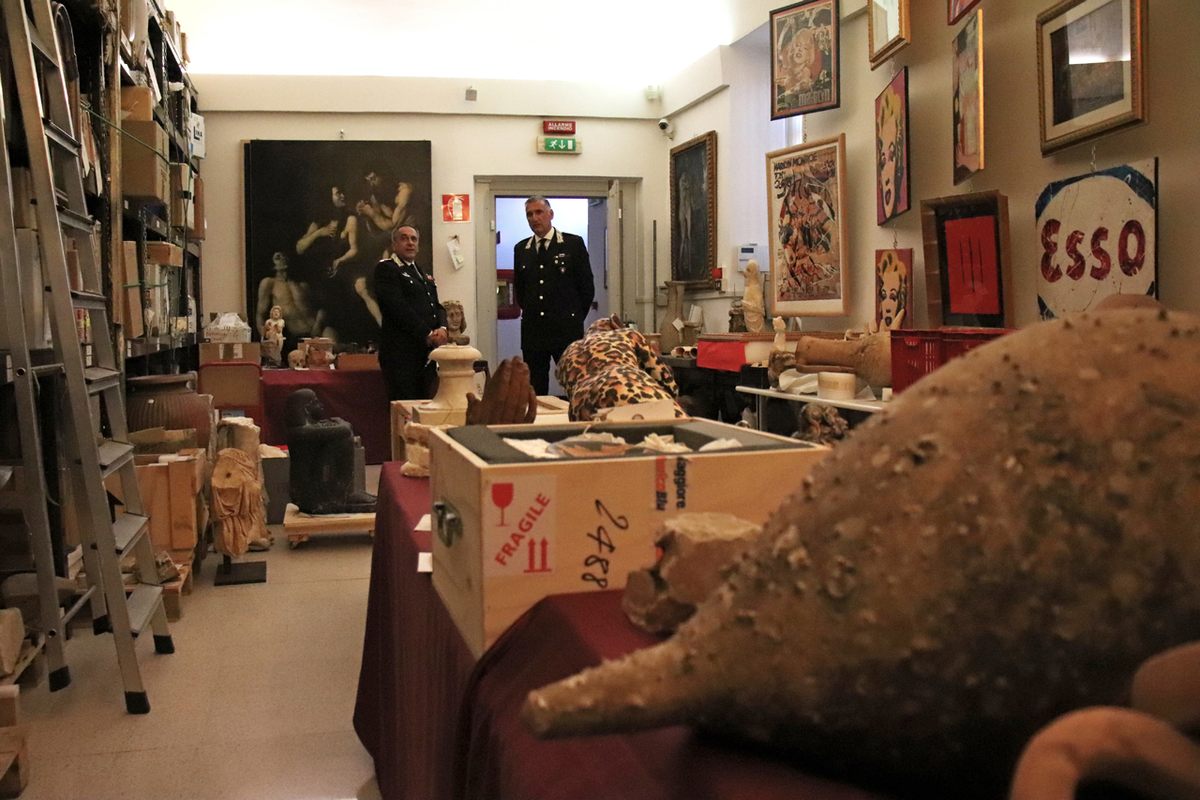
Nobody knows for sure how many pieces are in the dim chambers—the carabinieri themselves couldn’t say. “Those numbers are tags,” says appuntato (lance corporal) Giulio Iannarone, the slightly hunched officer with a bald pate, jeans, and a striped polo shirt who oversees the vault’s daily operation. He gestures to the numbered tags tied around many objects. “We arrived at 2,600-odd tags,” he says, “but each one could correspond to 50 artworks.”
The tags match the artworks with the specific criminal case that brought them here. They may have incalculable artistic value, but the carabinieri explain that, technically, here, they are evidence, in holding while Italian judges decide on their cases and where they will go next in their tormented journeys. The vault works like a strange sort of motel, rehab center, or halfway house for tainted art. Pieces come and go constantly. “Usually, we give back the pieces a few days after seizing them,” says Colonel Alberto Deregibus, the art squad’s number two. “But some cases take longer, there are several counterclaims, and the objects stay here for years.”
A stocky man with attentive eyes and wearing a fully decorated uniform, Deregibus is in his early 60s. Having served on the art squad for almost three decades, he will soon be forced to retire. “I would happily remain,” he muses, “I think this is my last interview.” He wasn’t always happy with the position. “Initially, I didn’t like the appointment,” he says of his early days, when he wanted to “take on the world … Often, this sector isn’t the reason why most of us enlist. We think we’d fight the mafia, terrorism …”

But he soon found that fighting organized crime and terrorism are very much a part of the work of the art squad. The objects around us testify to that. For example, a decadent, vaguely submissive half-leopard, half-human figure lies on a table nearby—an asset seized in the 2015 Mafia Capitale investigation into mafia infiltration in the municipality of Rome.
Many of the vault’s other pieces have had the same experience. Metal detectors, also seized by the squad, loom on high shelves in the vault’s first chamber like construction cranes—evidence of how archaeological looting is still widespread in Italy. Deregibus explains that international criminal networks are heavily involved in the looting and illegal trade in artwork and antiquities. Looters themselves are usually the bottom rung of a criminal organization, he says, while a bigger cut goes to dealers and middlemen with the knowledge and connections to launder artifacts by forging documents to give them a legal past. This makes antiquities trafficking an intricate, technical business—one that the art squad needs to understand. “Me and you, we wouldn’t know who to turn to sell something,” Deregibus says. Then he smiles, “Well, maybe I would.”
Although the squad is often referred to as the “Art 007s” of Italy, their work can be pretty mundane. Nicola Candido, the tall, grizzled lieutenant colonel who runs the squad’s operative arm, explains that most investigations stem from a sprawling database maintained by dozens of carabinieri. They scour the internet, Facebook Marketplace, and auction house catalogues for anything that matches a database entry. Investigations arise when they find a match or something that doesn’t check out.
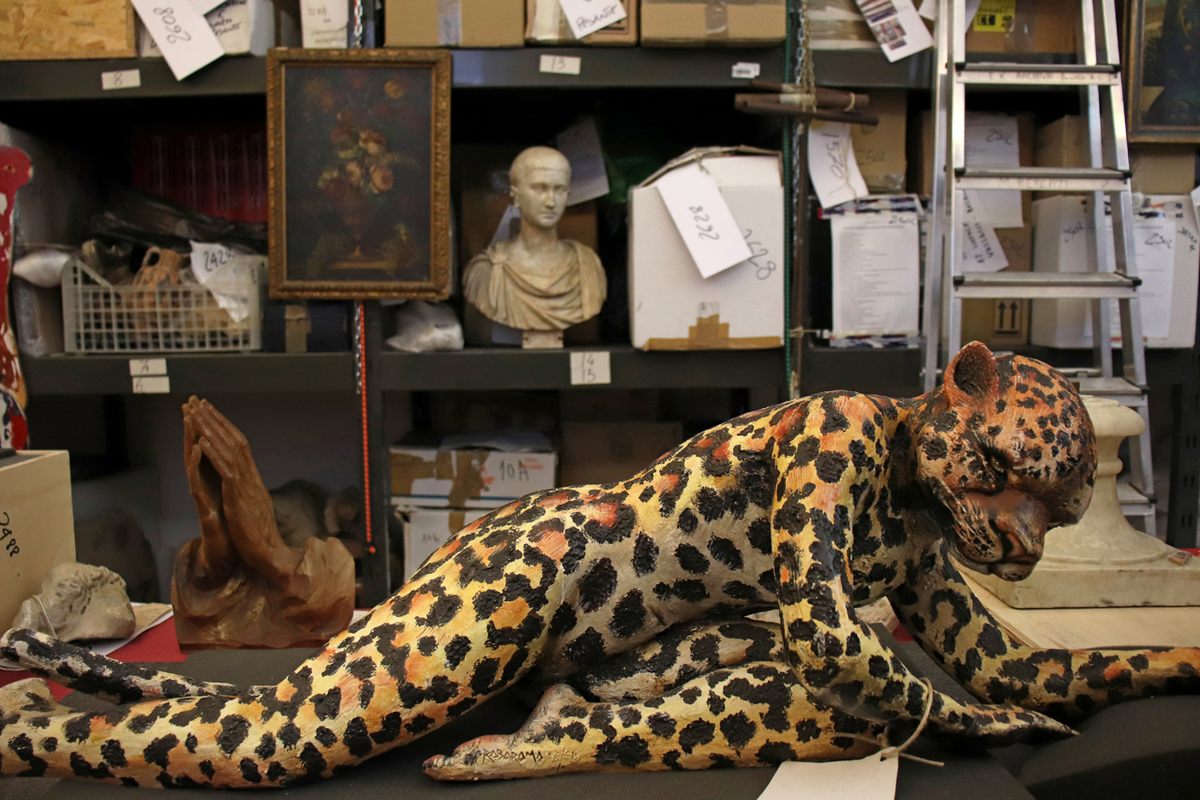
One such seemingly banal check led the squad to some of the vault’s most valuable pieces. One day, as an appuntato flipped through the pages of European magazines from the 1930s and 1940s, he came across the collection that Prince Felix of Bourbon-Parma, later Prince of Luxembourg, kept at his Tuscan villa.
There is a groaning screech and a muffled rumble as Iannarone turns a wheel in the vault’s second chamber, where a dark metal structure occupies the back of the room. A short corridor opens, revealing the vault’s most valuable canvases—Picasso, the Renaissance, Mondrian—hanging from metal racks on both sides. Iannarone pulls out three masterpieces of the early Renaissance—biblical scenes from Alessio Naldovinetti, Girolamo dai Libri, and Giovanni Battista Cima—in which soft shadows bring out round human figures and colors glow over gleaming backgrounds or against the backdrop of tranquil, perspectival landscapes.
In 1944, all three paintings were destined for the Führermuseum—an art gallery Hitler ordered to be built in Linz, near his hometown in Austria, to outshine any other museum in the world. The Nazis zealously plundered invaded countries, earmarking thousands of artworks for transfer to Linz. That is what happened to Prince Felix’s collection, which was seized by the Germans and taken to the residence of Karl Wolff, the head of the SS in occupied Italy. Next stop: Linz.
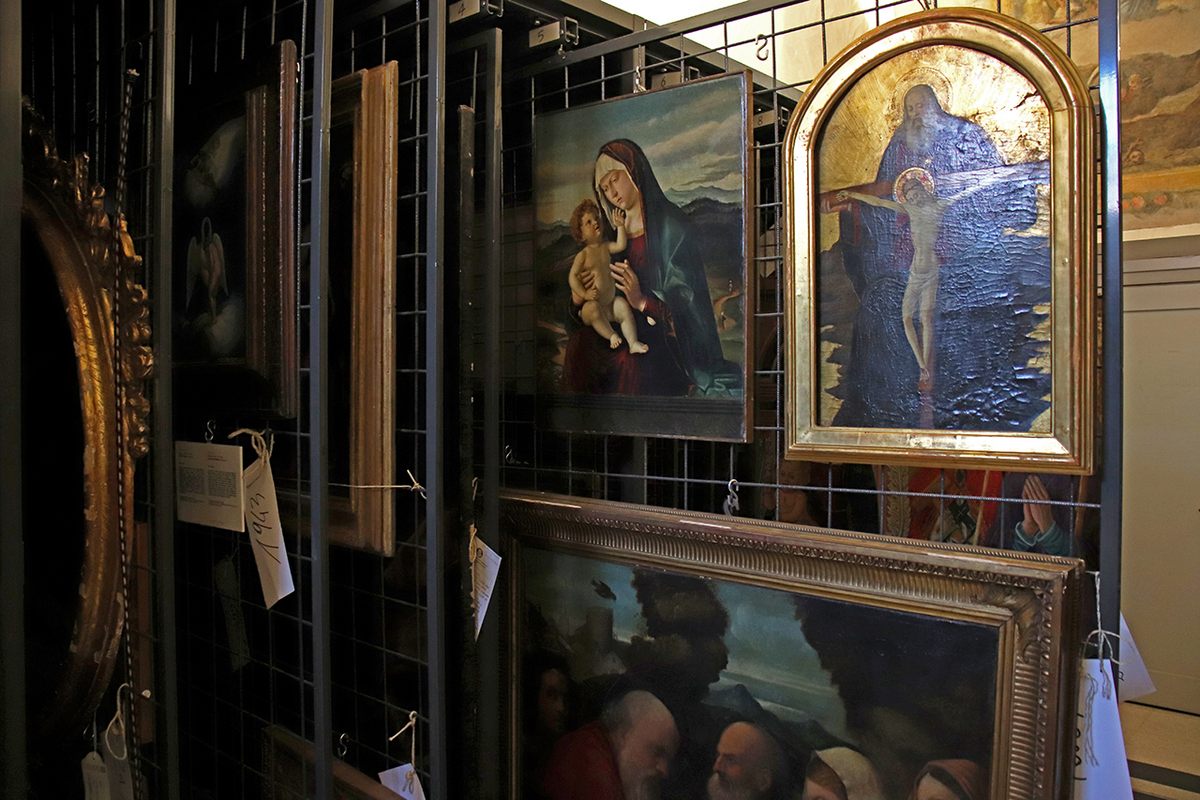
But then the story got convoluted: These paintings never made it to Linz. Toward the end of the war, the American Monuments, Fine Arts, and Archives group, also known as the Monuments Men, recovered most of the Prince’s collection—but by then three paintings had disappeared from it. After being stolen by the Nazis, the carabinieri say, someone gutsy might have stepped in and stolen them from the Nazis. Mystery shrouded these lost works for 72 years, until the art squad found and seized them in northern Italy in 2016. A court case is pending over the paintings’ ownership, and they have remained in the vault ever since.
The building that houses the vault seems to echo with the tortuous past of the pieces it holds. First, it is thought to have been a lodging that hosted Francis of Assisi, when it was part of a cloister. It was later used as an army barracks, after the fledgling Kingdom of Italy invaded Rome in 1870 and forcibly dispossessed the Catholic Church. Then, during World War II, displaced residents squatted in it after the Allied bombing of 1943 destroyed their homes. They would continue to reside there for decades, even after the building fell into disrepair and became one of Rome’s most infamous social/architectural problems. “We are left dismayed and outraged by such a reality,” a reporter said about the squat three decades later, in a 1976 newsreel. “Entire rooms have been turned into gargantuan dumps where thousands of rats proliferate, the authentic lords of the building.” Those were the same rooms in which we are standing, after undergoing extensive renovation that was completed in 2003.
Beside the black metal structure, a steep stairway leads to a vast underground room where the unit keeps pieces certified to be fakes before destroying them. It is damper and messier: Paintings here are piled on top of each other or stacked on the floor, as if someone had left the room in a hurry without tidying up. Most of the fakes imitate popular contemporary artists—Mario Schifano, Mimmo Rotella, Amedeo Modigliani. “Modigliani painted more while dead than alive,” jokes lieutenant colonel Candido. He says that improving economic conditions had increased the demand for contemporary art, so failed painters and fraudulent dealers saw a chance to profit, fueling a boom in fake art.

Although the room, like the ones upstairs, seems to lack any space for more seized assets, the carabinieri might have to find more room, as there’s still much more to do out there. The rise of China has created a new market for art and antiquities, which makes it a fertile territory for illegal activities. The carabinieri seize thousands of pieces each year, even as thousands of others disappear after being looted, stolen, or trafficked. More than a million items remain in their database.
When the carabinieri find them, most of the artworks will have a stop here, and some will linger for a while, in this cloister-turned-barracks-turned-squat-turned-vault for tainted treasures, at least until a judge makes make a decision that bring them into the light.
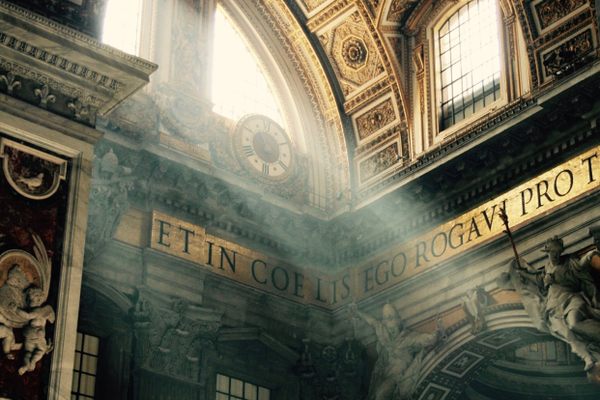
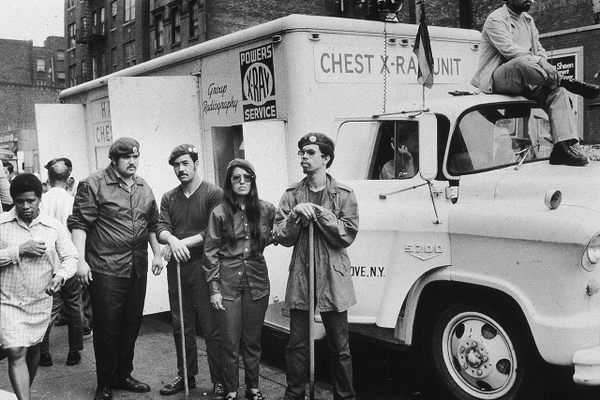

























Follow us on Twitter to get the latest on the world's hidden wonders.
Like us on Facebook to get the latest on the world's hidden wonders.
Follow us on Twitter Like us on Facebook